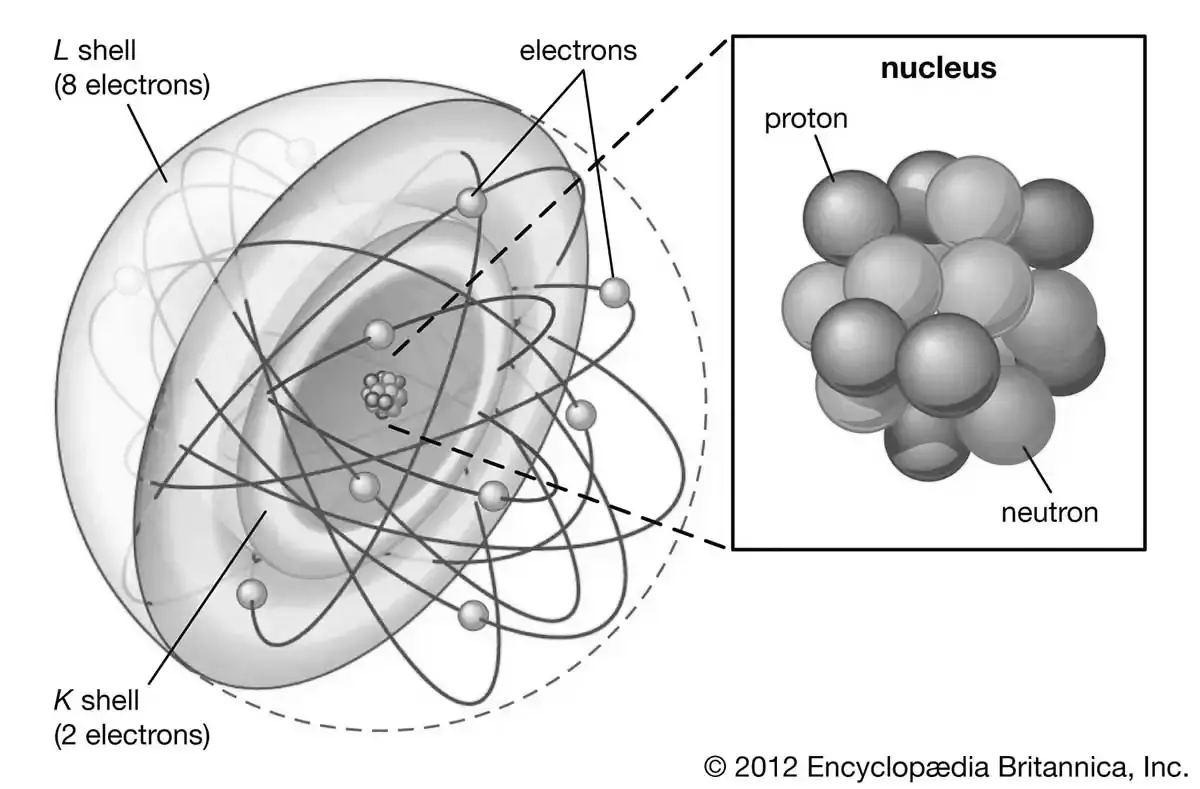Introduction
In the realm of decision-making, the mental model of Atomism serves as a powerful lens through which we understand the underlying fallacy of reducing complex phenomena into discrete and isolated components. Rooted in human psychology, Atomism influences our perceptions and choices, often leading to irrational decisions that contradict our best interests. By unraveling this mental model, we can gain a deeper understanding of its prevalence in our day-to-day lives and develop strategies to make more informed and holistic decisions.
Defining Atomism and its Relevance in Decision-Making
Atomism, as a mental model, refers to the tendency to perceive and approach complex systems or phenomena by isolating and focusing solely on individual elements or parts. This reductionist mindset ignores the intricate interdependencies and interactions between these components, limiting our understanding and distorting our decision-making processes.
Atomism is highly relevant in decision-making as it often leads to incomplete assessments and flawed judgments. By oversimplifying complex situations, individuals fail to consider the broader context and potential consequences of their decisions. This reductionist approach can hinder problem-solving and compromise long-term success.
Examples of Atomism in Various Contexts
- Personal Life Decisions: Imagine an individual striving for happiness and fulfillment in their personal life. They may adopt an atomistic perspective by identifying specific elements, such as career success or material possessions, as the sole sources of happiness. By neglecting other essential aspects, such as relationships, personal growth, and well-being, they make decisions that prioritize isolated components at the expense of overall life satisfaction.
- Business Scenarios: Atomism can have detrimental effects on business decisions, particularly in areas such as marketing and product development. For instance, a company might focus solely on optimizing a product’s individual features without considering how it fits within the broader market, customer preferences, or competitive landscape. This atomistic approach ignores the importance of creating a holistic and compelling customer experience, leading to subpar market performance and missed opportunities.
- Public Policy-Making: Atomism can also impact public policy-making, where complex social issues require a comprehensive understanding. Policymakers may focus on specific aspects of a problem without considering the broader systemic factors at play. For instance, when addressing poverty, solely focusing on income redistribution may overlook crucial elements such as education, healthcare, and social mobility. Such atomistic policies often fail to address the root causes of social issues, leading to ineffective solutions.
Mental Biases and Psychological Underpinnings
Atomism is influenced by various cognitive biases that shape our decision-making. One of these biases is the fundamental attribution error, where individuals tend to attribute behavior or outcomes to internal characteristics rather than considering external factors. This bias reinforces atomistic thinking by attributing the success or failure of a decision to a single factor, neglecting the complex interplay of multiple variables.
Another relevant bias is the availability heuristic, which leads individuals to rely on easily accessible information when making decisions. This bias can reinforce atomism by favoring readily available, isolated data rather than considering a more comprehensive range of information.
Identifying and Mitigating Atomism
To avoid succumbing to Atomism, it is crucial to develop awareness and adopt a more holistic approach to decision-making. Here are practical strategies to identify and mitigate the influence of Atomism:
- Embrace Systems Thinking: Cultivate a systems thinking mindset by recognizing the interconnectedness and interdependencies of various elements within a system. Consider the broader context, relationships, and feedback loops to gain a more comprehensive understanding of the situation.
- Seek Diverse Perspectives: Engage with diverse viewpoints and solicit input from different stakeholders. Encourage interdisciplinary collaboration and consider the multifaceted aspects of a problem to overcome the limitations of an atomistic mindset.
- Conduct Comprehensive Analysis: Utilize analytical tools and techniques that allow for a comprehensive assessment of complex situations. Employ methods such as cost-benefit analysis, scenario planning, and impact assessments to ensure a more holistic understanding of the potential outcomes and consequences of decisions.
- Challenge Assumptions: Continually question and challenge assumptions underlying your decisions. Seek evidence and data that support a more nuanced and holistic perspective, rather than relying solely on isolated facts or anecdotes.
- Foster Learning and Adaptability: Embrace a growth mindset and encourage continuous learning and adaptation. Recognize that decisions are not fixed but evolve based on new information and changing circumstances. Be open to revising and adjusting strategies when necessary.
Conclusion
Atomism, as a mental model, offers valuable insights into the limitations of reductionist thinking and its impact on decision-making. By recognizing the prevalence of Atomism in various contexts and understanding the cognitive biases that contribute to it, we can avoid falling into this mental trap. Embracing a holistic and systems-oriented approach enables us to make more informed decisions, considering the intricate interplay of elements and maximizing our long-term outcomes. By actively practicing awareness and adopting strategies to overcome Atomism, we can navigate complex challenges and achieve more favorable results.
